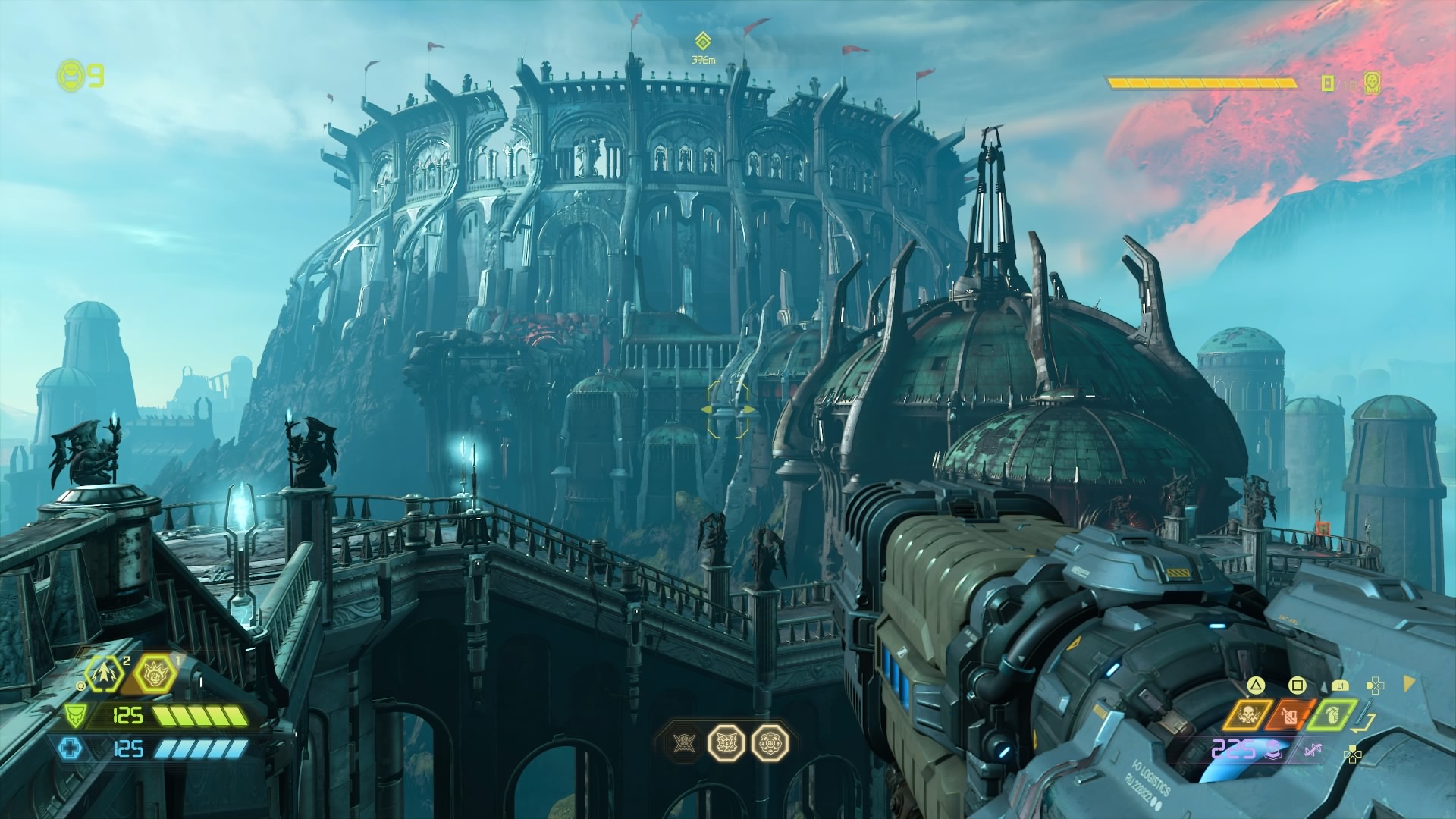

The development of Doom began in late 1992, with John Carmack writing the new game engine while the rest of id Software was finishing Spear of Destiny (the prequel to Wolfenstein 3D). History and development Main article: Development of Doom On March 20, 2020, Doom Eternal was released as a sequel to Doom (2016).
#Doom eternal platforms movie
In 2019, a second Doom movie was released, titled Doom: Annihilation. Another release, simply titled Doom and powered by id Tech 6, was released in 2016 and focused on returning to fast paced action of the first two games. The franchise again received popular attention in 2004 with the release of Doom 3, a horror-focused game using id Tech 4, with an associated 2005 Doom motion picture. The series started to lose mainstream appeal as the technology of the Doom game engine was surpassed in the mid-1990s, although fans have continued making Wads, speedruns, and modifications to the original. Once the game's source code was released in 1997, it spawned even more adaptations, as fans further ported the code to countless devices. Originally released for PC DOS, the games have later been ported to numerous other platforms. The Doom franchise was later continued with the follow-up Doom II: Hell on Earth (1994) and numerous expansion packs, including Master Levels for Doom II (1995), and Final Doom (1996). Its graphic violence, as well as satanic imagery, made Doom the subject of considerable controversy. As a sign of its effect on the industry, first-person shooter games from the genre's boom in the 1990s, helped in no small part by the game's release, became known simply as "Doom clones".
#Doom eternal platforms archive
In addition to popularizing the FPS genre, it pioneered immersive 3D graphics, networked multiplayer gaming, and support for customized additions and modifications via packaged files in a data archive known as " WADs".

With one third of the game, nine levels, distributed as shareware, Doom was played by an estimated 15–20 million people within two years of its release, popularizing the mode of gameplay and spawning a gaming subculture. In Doom, players assume the role of an unnamed space marine, who became popularly nicknamed " Doomguy" by the community before being retconned as Doom Slayer, fighting his way through hordes of invading demons from Hell. The Ultimate Doom, an updated release of the original game featuring a fourth episode, was released in 1995 and sold at retail. It was first released on December 10, 1993, when a shareware copy was uploaded to an FTP server at the University of Wisconsin. The game introduced deathmatch and cooperative play in the explicit sense, and helped further the practice of allowing and encouraging fan-made modifications of commercial video games. With a science fiction and horror style, it gives the players the role of marines who find themselves in the focal point of an invasion from Hell. For the reboot released in 2016, see Doom (2016).ĭoom (officially cased DOOM and occasionally DooM by fans, based on the Doom logo) is the first release of the Doom series, and one of the games that consolidated the first-person shooter genre. For the shareware data file, see DOOM1.WAD. Single-player, multiplayer "Doom 1" redirects here.


 0 kommentar(er)
0 kommentar(er)
